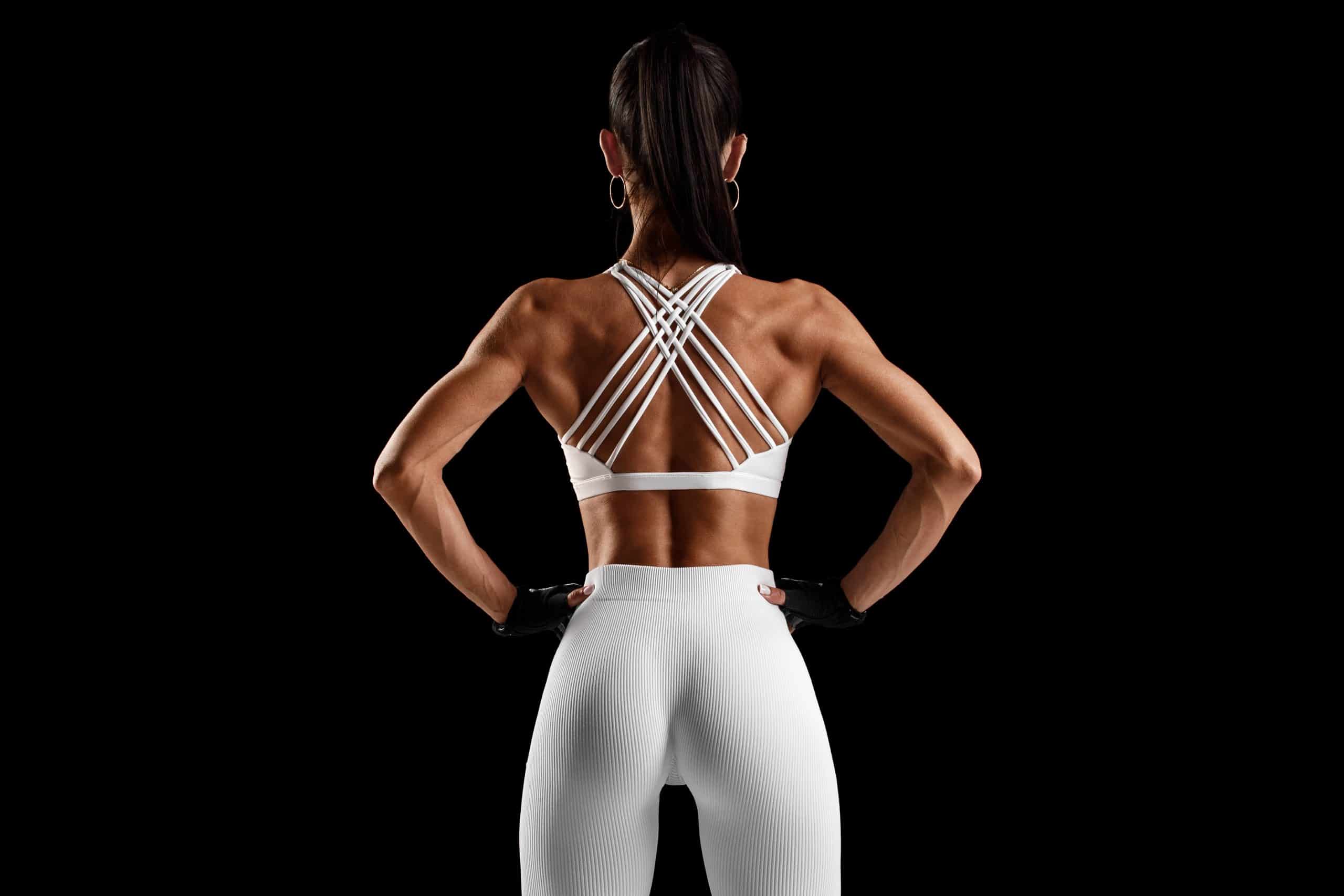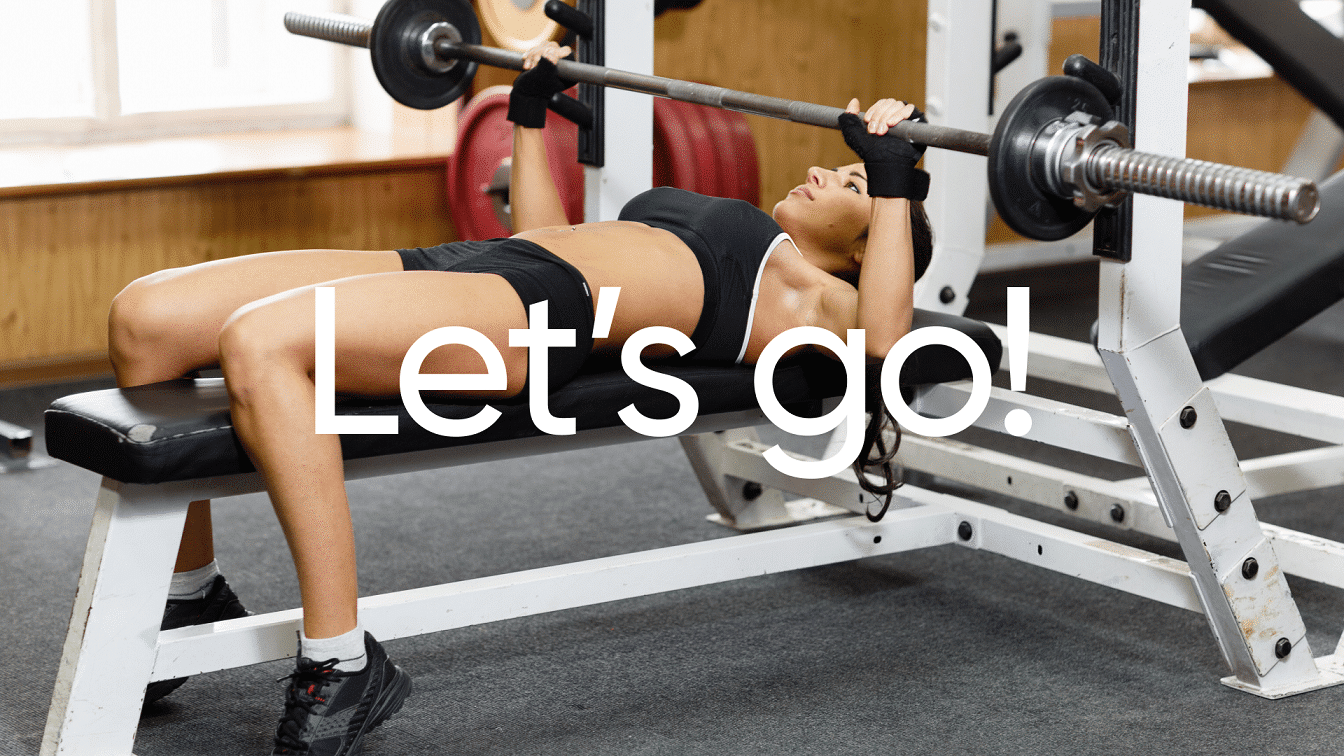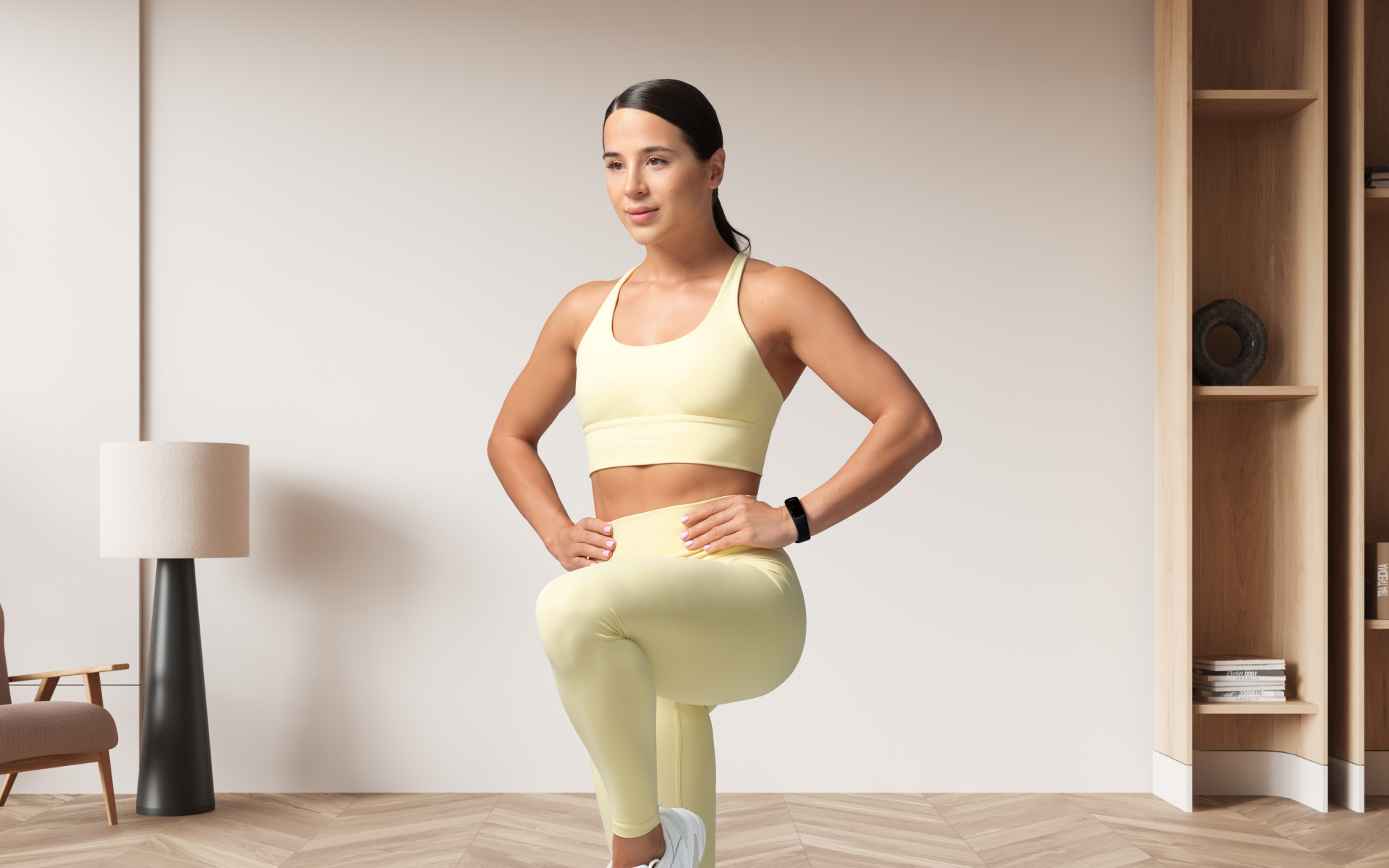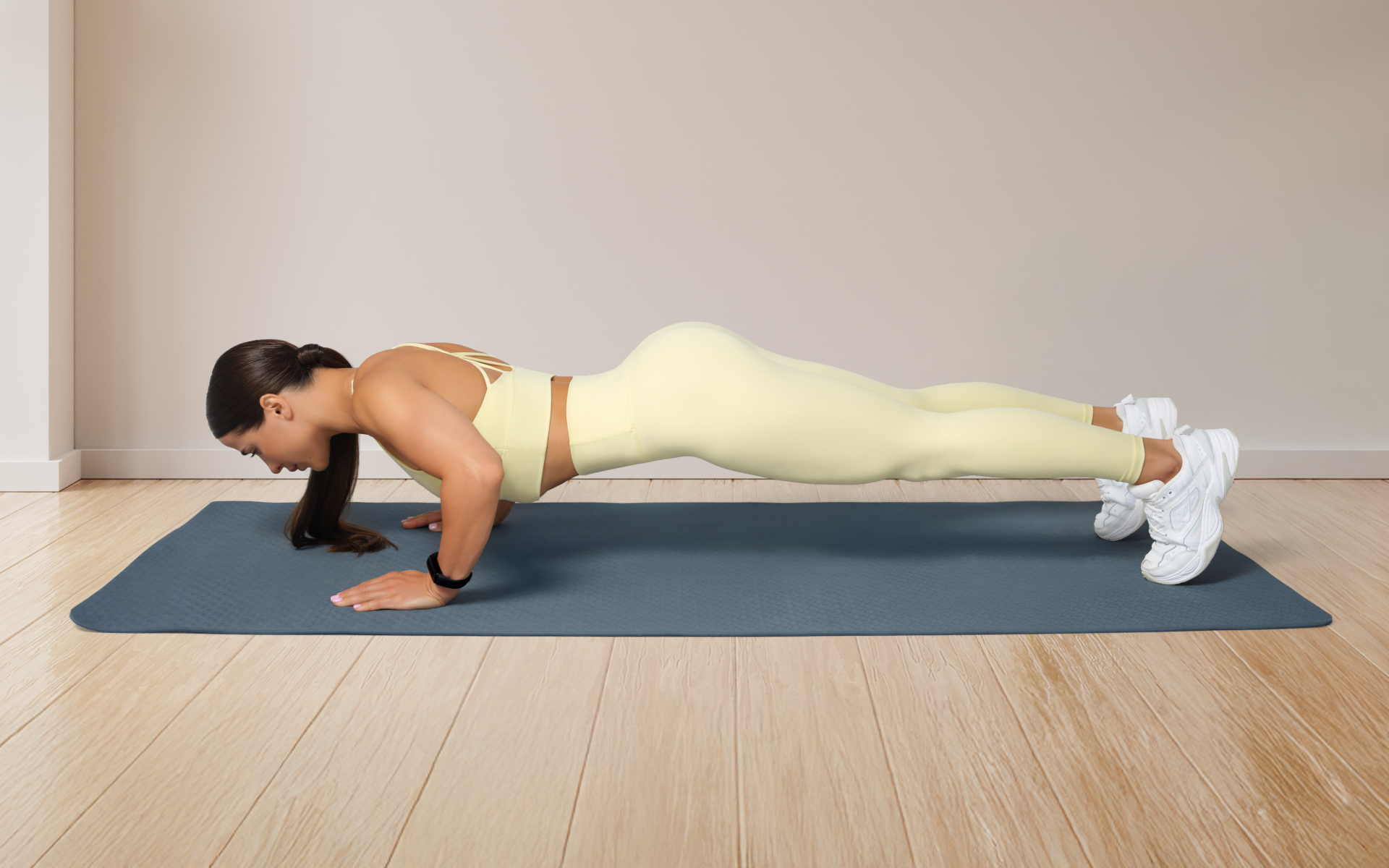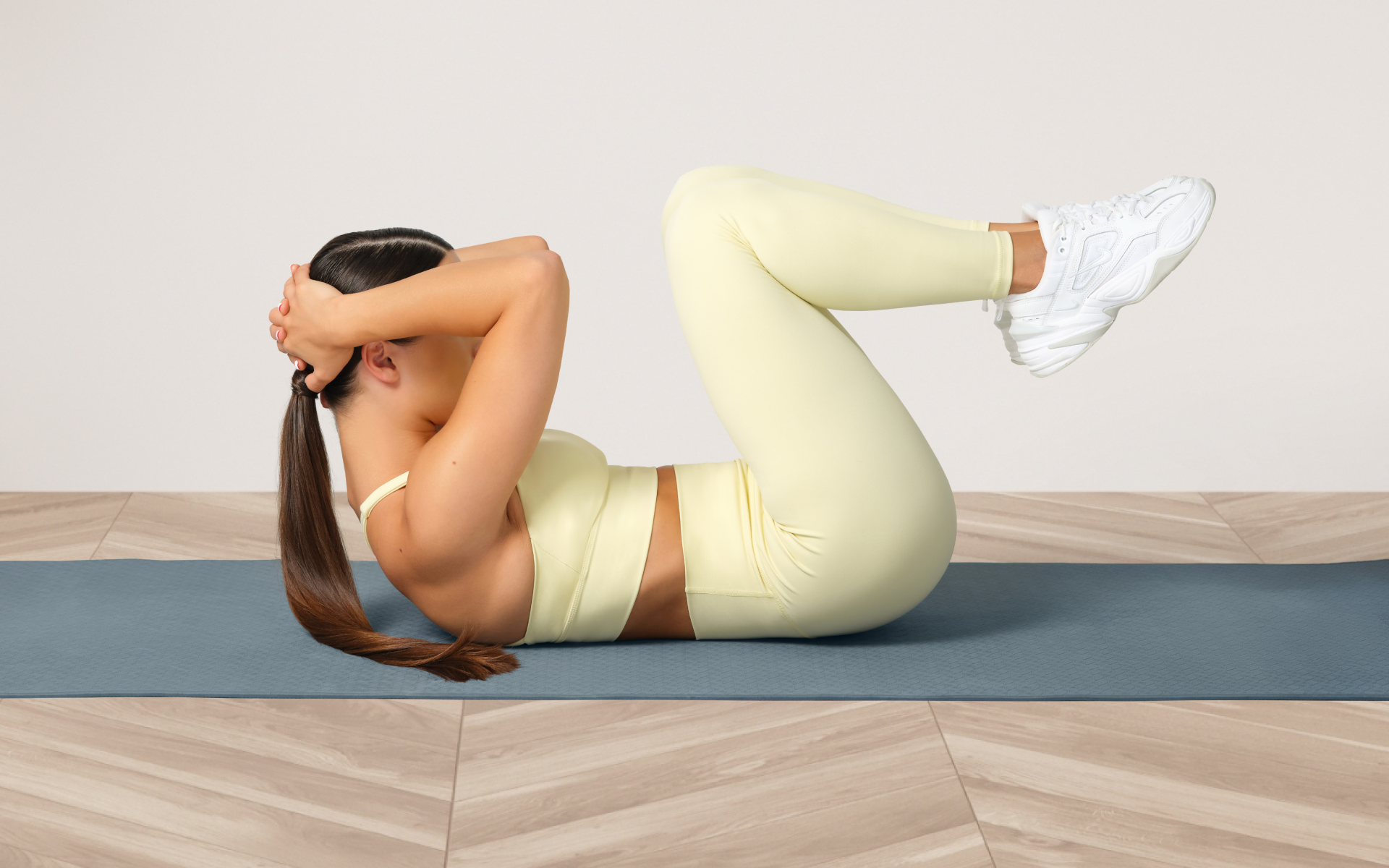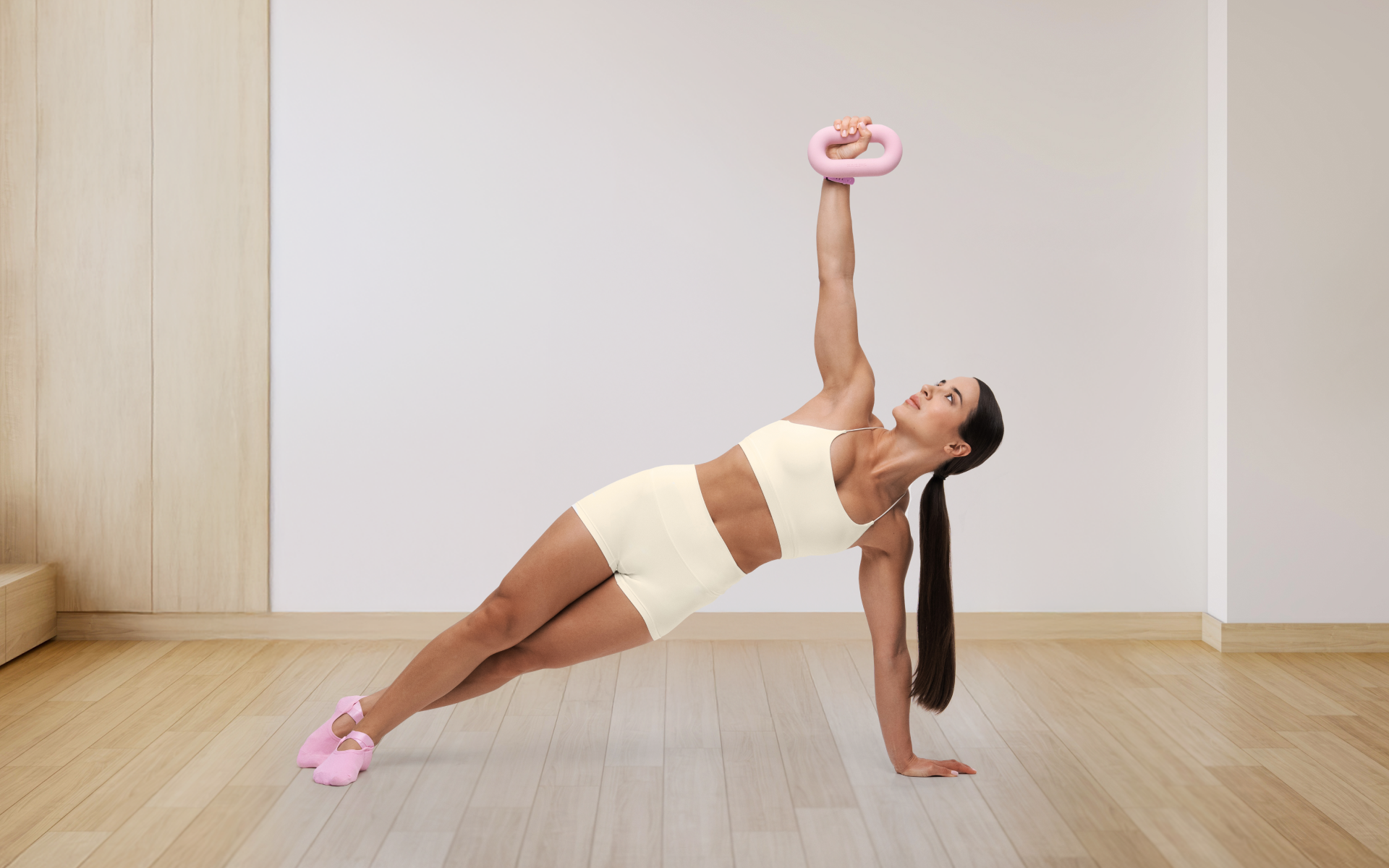The rear delts are often overlooked muscles that play a crucial role in shoulder health, stability, and aesthetics.
These robust muscles contribute to the rounded, sculpted look of the upper body and assist in various pulling and pushing movements. They also serve as a key player in helping us maintain good posture by counterbalancing the effects of our forward-dominant activities.
Since they’re a small muscle group, they can be challenging to isolate and stimulate effectively. You may not know how best to train them, but this guide has everything you need.
Here we’ve compiled a list of the 8 best rear delt exercises that can significantly enhance your workout routine.
What Are the Best Rear Delt Exercises?
The best rear delt exercises are those that; target mainly the rear deltoid muscles, offer a full range of motion, and are safe to perform. Being adjustable for different fitness levels is also a factor to consider.
1) Target Mainly The Rear Deltoid Muscles
The rear deltoid, or posterior deltoid, is one of the three muscle locations within the overall deltoid muscle.
Situated at the back of the shoulder, its primary function is to facilitate the movement of the arm away from the front of the body and also plays a significant stabilization role in supporting various movements, such as rotation. (1).
With this in mind, the most effective exercises for the rear delts are those that promote these motion types — lateral and rotational.
Lateral exercises include raising the arm out to the side, and rotational ones involve moving the arm in a circular motion.
So when you’re on the lookout for the best rear delt exercises, consider movements that encourage pulling and rotating the arms away from your body.
BetterMe app is a foolproof way to go from zero to a weight loss hero in a safe and sustainable way! What are you waiting for? Start transforming your body now!
2) Offer a Full Range of Motion
A full range of motion refers to moving the muscle across its entire length, from a stretched position to a contracted position (2). This allows for the maximum recruitment of muscle fibers and ultimately leads to better muscle development.
The best rear delt exercises should provide adequate room for your arms and shoulders to move naturally without any restrictions or limitations.
3) Are Safe to Perform
Safety is a crucial aspect of any workout, and rear delt exercises are no exception.
Bear in mind that the rear deltoid muscles are relatively small compared to other muscle groups, such as the chest or back.
These can’t handle heavy weights like these larger muscles, nor do they require them.
Using too much weight or performing an exercise with improper form can put unnecessary strain on the rear delts and increase the risk of injury.
4) Are Adjustable for Different Fitness Levels
Whether you’re a beginner or an advanced athlete, the best rear delt exercises should be adjustable to suit your fitness level.
This means that they can be modified by using different equipment or resistance levels to accommodate individuals with varying strengths and experience.
You must choose exercises that challenge you without compromising your safety.
What Is The Best Rear Deltoid Exercise?
The band pull-apart is one of the best rear deltoid exercises because it helps you build a mind-muscle connection and train your rear delts without putting too much strain on them.
Assuming you’re a beginner, who isn’t quite sure whether you’re engaging your rear delts or not, the band pull-apart is an excellent place to start.
Building a mind-muscle connection (3) may help you better isolate and activate your rear delts during other exercises.
The band pull-apart is also great for advanced lifters who are rehabilitating a strained or injured rear delt. Of course, after approval from your physician.
Here’s how to perform this exercise:
- Stand tall with your feet shoulder-width apart. Hold the resistance band with both hands, arms fully extended at chest level, palms facing the ground. The band should be taut but not stretched.
- Position your hands wide enough apart on the band so that there is tension in the band even when your hands are together in front of you.
- Inhale deeply, brace your core and keep your chest up and out.
- As you exhale, slowly stretch the band by moving your hands out to the sides. Keep your arms extended and parallel to the ground.
- Keep pulling until your arms are fully extended to your sides. You should feel a contraction in your rear deltoids.
- Pause for a moment at the peak contraction position, focusing on squeezing the shoulder blades together.
- Gradually bring your hands back to the starting position while maintaining tension in the band. You should feel your rear deltoids stretching as you do this.
- Repeat the process for the required number of repetitions, ensuring that you maintain proper form throughout.
Read more: Grip Strength Workout For Maximal Hand and Forearm Strength
If you’re looking for the best rear delt exercises for mass, or the best rear delt exercises to do at home with dumbbells, then the band pull-apart may not suffice.
Here are 7 more rear shoulder exercises that are worth giving a try:
- Face Pulls
- Bent-Over Reverse Flyes
- Incline Rear Delt Rows
- Standing Wide Grip Upright Rows
- Prone Y-Raises
- Reverse Pec Deck Flyes
- Seated Side Lateral Raises with Dumbbells
Face Pulls
Face pulls for rear delt are versatile and effective rear delt exercises that can be performed both inside and outside the gym using a resistance band or a cable machine. These exercises focus on the rear deltoids, upper back, and traps, enhancing muscle balance and improving posture.
- Attach a rope handle to the high pulley of a cable station.
- Stand a few steps back to create tension on the cable, feet shoulder-width apart.
- Grab the rope with both hands, palms facing each other.
- Pull the rope towards your face, keeping your elbows high.
- Squeeze your shoulder blades together at maximum contraction.
- Slowly allow the rope to return to the starting position, retaining control.
Bent-Over Reverse Flyes
Bent-over reverse flyes are one of the best rear delt exercises for mass. They target the rear deltoids specifically, which is beneficial for overall shoulder development. You can perform this rear delt fly exercise with dumbbells at home or in the gym.
Not sure how to choose the right weight? We have some tips in our blog post – How to Workout Lats with Dumbbells
To perform bent-over reverse flyes:
- Stand with feet hip-width apart, holding a dumbbell in each hand.
- Bend at the hips until your torso is nearly parallel to the floor.
- Let the dumbbells hang at arm’s length, palms facing each other.
- Without changing the bend in your elbows, raise your arms straight out to your sides.
- Pause for a moment, then lower the dumbbells back down.
Incline Rear Delt Rows
Incline rear delt rows are excellent rear delt exercises using a dumbbell. These exercises can be performed at home and target the rear delts and middle traps, improving shoulder stability.
- Lie chest-down on an incline bench, holding a pair of dumbbells.
- Let the dumbbells hang straight down from your shoulders.
- Pull the dumbbells up to your sides, squeezing your shoulder blades together.
- Slowly lower the dumbbells back to the starting position.
Standing Wide Grip Upright Rows
Standing wide grip upright rows are among the best rear delt exercises with dumbbells. They can be performed at home or in the gym and are excellent for building mass in the rear delts and traps.
We discuss similar exercises in our blog – The 30 Day Dumbbell Workout.
- Stand upright with your feet shoulder-width apart, holding a barbell or dumbbells with a wide grip.
- Without bending your elbows, lift the weights to your chest by raising your elbows to the sides.
- Lower the weights back down slowly.
Intense sweat sessions, working weight loss tips, lip-smacking recipes come in one package with the BetterMe app. And all of it is at your fingertips, start transforming your life now!
Prone Y-Raises
Prone Y-raises are beneficial rear shoulder exercises that can be performed at home with just an exercise mat. They target the rear delts, improving shoulder mobility and stability.
- Lie flat on your stomach with your arms extended ahead and your palms facing each other.
- Lift your arms off the ground, forming a Y shape.
- Lower them back down slowly.
Reverse Pec Deck Flyes
Reverse pec deck flyes are popular rear delt exercises that require gym equipment – specifically, a pec deck machine. They focus on the rear deltoids, promoting muscle symmetry and balance.
- Sit on the machine with your chest against the pad.
- Reach for the handles with your arms extended.
- Pull the handles back until your arms are out to your sides.
- Return to the starting position slowly.
Seated Side Lateral Raises with Dumbbells
Seated side lateral raises are one of the best rear delt exercises for mass and can be performed at home with dumbbells. They target the rear deltoids, aiding in the development of broader, more muscular shoulders.
You can discover more shoulder-focused exercises in our blog – Shoulder Workout Calisthenics.
To perform the seated side lateral raises:
- Sit on a bench with a dumbbell in each hand at arm’s length.
- Keeping a slight bend in your elbows, raise your arms out to your sides until they’re at shoulder level.
- Lower the dumbbells back down slowly.
- Repeat for the desired number of repetitions.
How Do I Get More Defined Rear Delts?
To get more defined rear delts, you should choose the right exercises, frequency, volume, and timing for your fitness goals. We’ve covered plenty about the best rear delt exercises in previous sections, so let’s talk a bit about their frequency, volume, and timing.
Rear Delt Exercise Frequency
You should perform isolated rear delt exercises two to three times per week. However, if your workout routine already includes compound upper body exercises such as pull-ups, rows, and presses, once a week may suffice. That’s because these compound exercises also engage the rear delts to a certain extent.
On the other hand, if you’re targeting specific muscle groups or aiming for overall shoulder development, performing rear delt exercises more frequently (three times a week) might be beneficial.
Rear Delt Exercise Timing
Many trainers recommend that you save isolated exercises (which, most rear delt exercises are) for the end of your workout. That’s because compound movements work for multiple muscle groups, making them more challenging to execute properly when you’re fatigued.
But, if your current goal is to specifically develop your rear delts, you may want to perform these exercises at the beginning of your workout so that you can give them your full attention and energy.
Read more: 6 Wall Pilates Ab Workout Exercises You Should Include In Your Routine
What Is The Fastest Way To Build Rear Delts?
The fastest way to build rear delts is by targeting them with exercises that isolate the muscle group, such as reverse flyes and lateral raises. Adjusting your exercise frequency, volume, and timing can also help accelerate growth.
However, when it comes to increasing exercise volume, we discourage beginners from jumping straight into high-intensity workouts. Instead, gradually increase the number of sets and repetitions over time to avoid injury.
Also, know that the rear delts are a small muscle and there’s a limit to how much you can load them. Instead of aiming for the fastest way to lift more, focus on varying the exercises, angles, and tempo to make your rear delt workouts more challenging.
How Do You Build Upper Back and Rear Delts?
The rear delts are part of your upper back, and you can build them along with the rest of your upper back muscles (such as the rhomboids, trapezius, and teres major). The key is to incorporate a mix of compound and isolated exercises that target those muscles.
As mentioned earlier, pull-ups, rows, and presses are great compound exercises for building overall upper back strength and size. To specifically work your rear delts in conjunction with these movements, try focusing on the mind-muscle connection. As you perform the exercise, concentrate on squeezing your rear deltoids, and pause at the top of each repetition to really feel the contraction.
FAQs
Is 3 Sets Enough For Rear Delts?
Three sets can be enough for rear delts, depending on your specific fitness goals. If you’re aiming for strength, consider doing 3-5 sets of 6-8 reps. For hypertrophy, it’s often suggested to do 3-4 sets of 8-12 reps. The goal is to always ensure you’re effectively challenging the muscles without risking overtraining.
Should You Go Heavy on Rear Delts?
Although it’s super important to adequately challenge your muscles, the rear delts are a small muscle group and can be susceptible to injury if overloaded. Focus on executing your movements with proper form and a manageable weight. Remember, it’s about muscle engagement, not the amount of weight you can lift.
How Many Times a Week Should I Train Rear Delts?
It’s recommended to train rear delts two to three times per week. If your workout routine already includes compound upper body exercises like pull-ups, rows, and presses, once a week might be enough. However, if you’re aiming for overall shoulder development, you might find training rear delts two-three times a week beneficial.
Should You Hit Rear Delts on Back or Shoulder Day?
There’s no definitive answer as it largely depends on your workout routine and goals. If your primary focus is on developing your rear delts, it could be beneficial to train them on shoulder day when you can give them your full attention and energy. However, since they’re also part of the upper back, training them on back day along with other upper back muscles can also be effective.
The Bottom Line
Rear delt exercises should be incorporated into your fitness routine to achieve a well-rounded, balanced physique. These exercises not only enhance aesthetics, but also promote shoulder stability and improve posture. Whether you’re working out at home or in the gym, try the exercises we’ve listed above to target your rear deltoids and achieve impressive results.
DISCLAIMER:
This article is intended for general informational purposes only and does not serve to address individual circumstances. It is not a substitute for professional advice or help and should not be relied on for making any kind of decision-making. Any action taken as a direct or indirect result of the information in this article is entirely at your own risk and is your sole responsibility.
BetterMe, its content staff, and its medical advisors accept no responsibility for inaccuracies, errors, misstatements, inconsistencies, or omissions and specifically disclaim any liability, loss or risk, personal, professional or otherwise, which may be incurred as a consequence, directly or indirectly, of the use and/or application of any content.
You should always seek the advice of your physician or other qualified health provider with any questions you may have regarding a medical condition or your specific situation. Never disregard professional medical advice or delay seeking it because of BetterMe content. If you suspect or think you may have a medical emergency, call your doctor.
SOURCES:
- Anatomy, Shoulder and Upper Limb, Deltoid Muscle (2023, ncbi.nlm.nih.gov)
- Range of Motion (2019, physio-pedia.com)
- The mind-muscle connection: for aesthetes, not athletes? (2019, blog.frontiersin.org)
